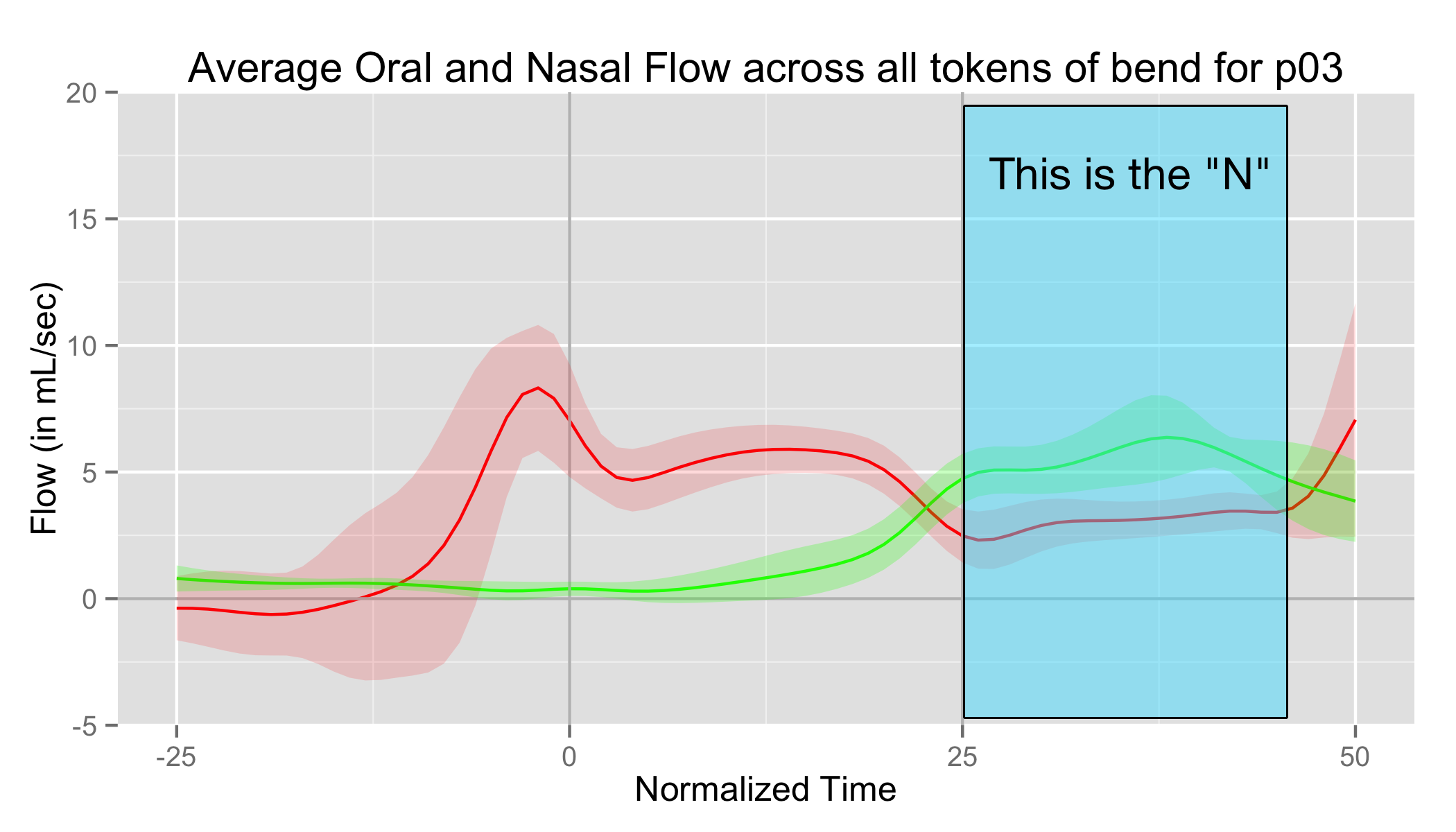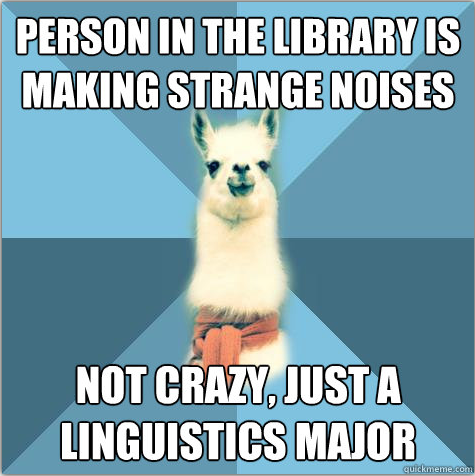
(This talk is available at
http://savethevowels.org/talks/phonetic_tools.html)
LING 210 - Will Styler
Hi, I’m Will
I’m a Phonetician
I have a problem
Your head isn’t transparent
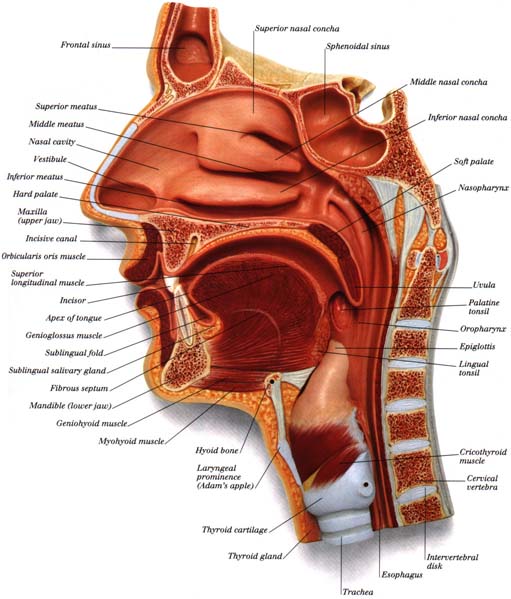
We care what you’re doing in
there
How your tongue is moving
What the various other articulators are doing
How air is flowing
How this turns into changes in sound
How you’re listening to and interpreting speech
… but we can’t see any of it
- So how can we study and measure speech and speech perception?
Four main types of tool
Listening and the IPA
The International Phonetic
Alphabet
A writing system used to transcribe what exactly is being
said in any language of the world.
“Scatman” by Scatman John
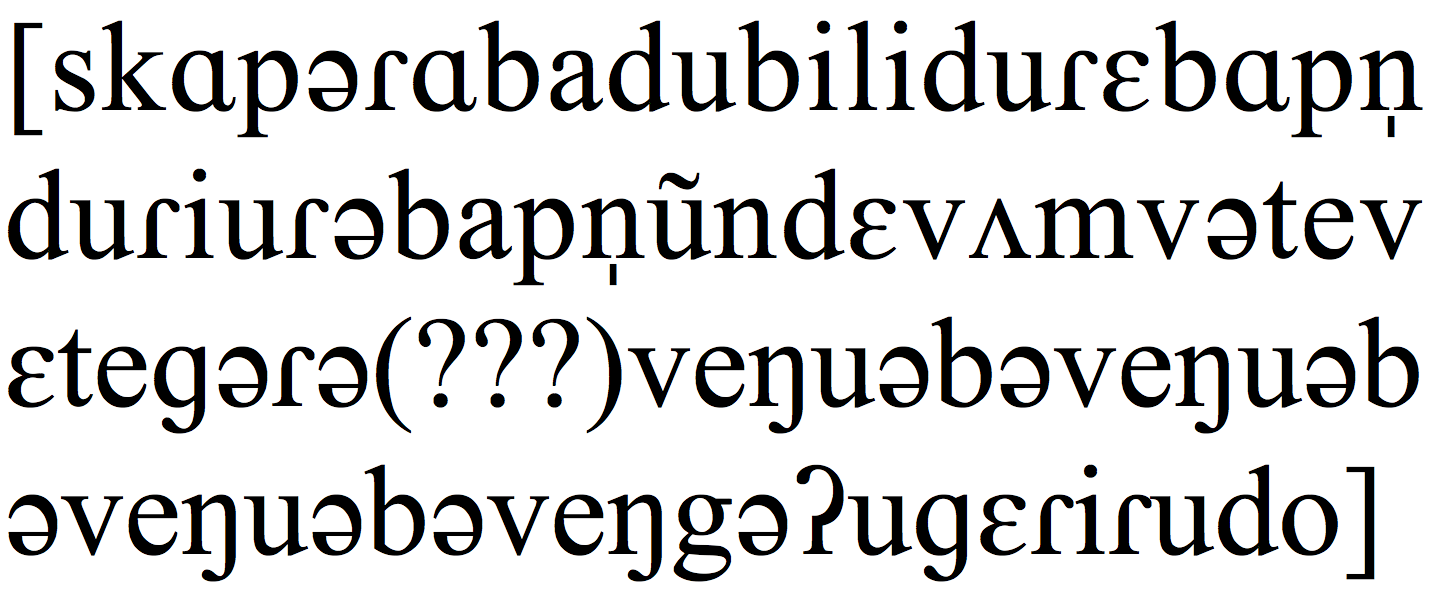
Acoustic Analysis
Anything important that you do inside your mouth will affect the
acoustic signal
Listeners use the acoustic signal to pick up on what we’re
saying
By studying the sound of speech, we can recover information about
what you did
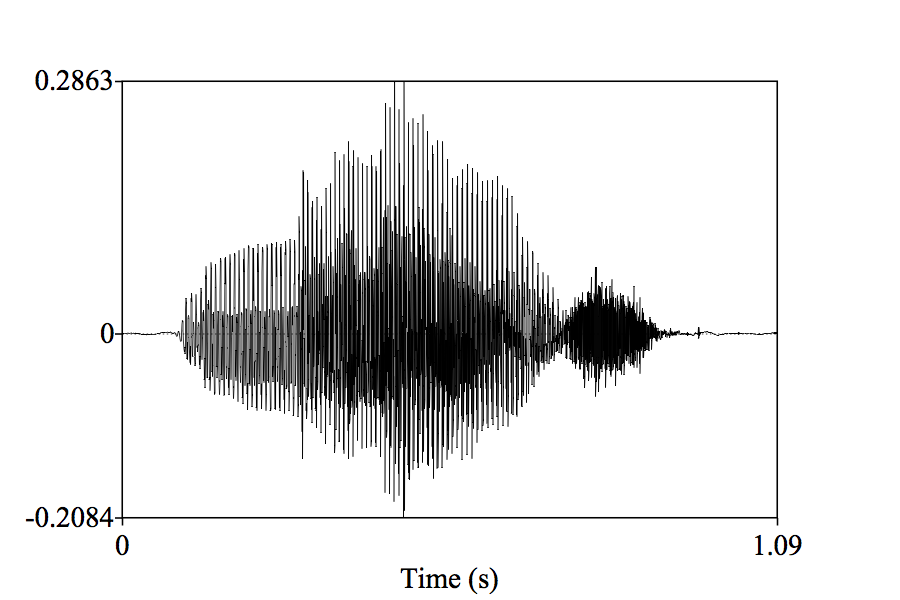
Spectrograms
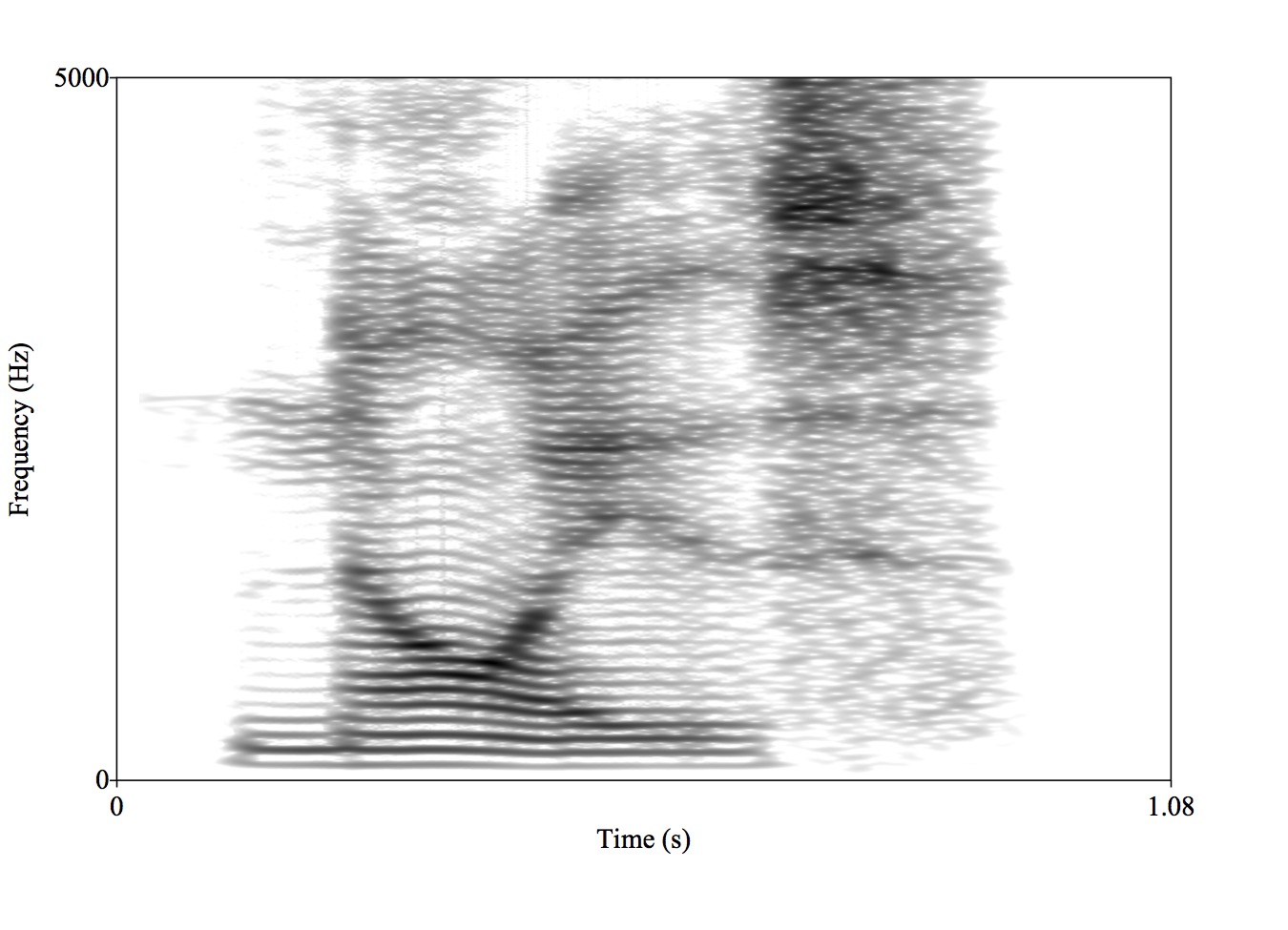
Acoustic Analysis
- Pros:
- Very cheap
- Completely non-invasive
- Captures sound in real time
- Gives us all the detail which is available to listeners
- Cons:
- Information is hard to processs
- Doesn’t tell us directly about articulation
- Many elements affecting the same signal
Sound tells us about the
entire system
Changes to tongue, voicing, lips, velum, all at once
Many processes reflected in a single signal
Sometimes, we want to measure what a single articulator is
doing
Motion Capture
- Track visible articulator positions using cameras and optical
reflectors
Motion Capture
- Pros:
- Great for capturing signed languages
- Great for capturing gestures
- Non-invasive
- Cons:
- Requires specialized cameras and equipment
- Only captures visible articulators
- Fails when tracked areas are hidden
Electropalatography
Create a fake palate with many, many sensors
Measure, electrically, when and where the tongue is making
contact
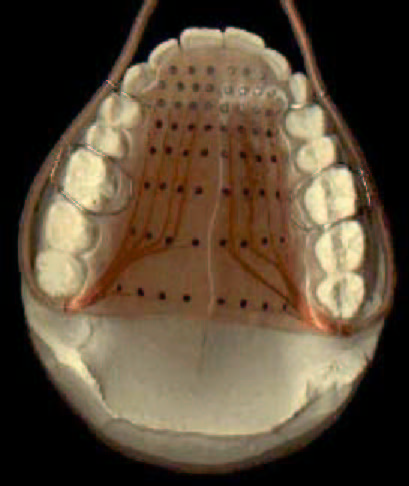
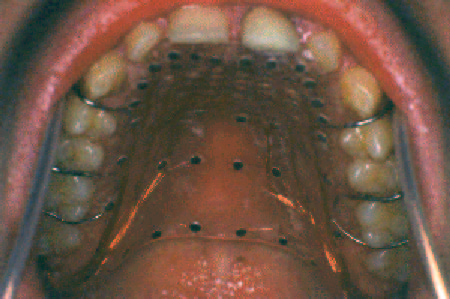
Electropalatography
- Pros:
- Tells us when and where the tongue is touching the roof of the
mouth
- Gives very detailed time information
- Looks at the shape of the contact too
- Cons:
- Very expensive
- Palates must be created for each participant
- Doesn’t capture many speech sounds
Oral/Nasal Airflow
- “How much air is coming out of the mouth and/or nose right
now?”
| ### Coarticulation |
| When we start preparing for the next sound before it even
begins |
| * In the word “bend”, we start nasal airflow before the nasal /n/,
during the vowel |
Let’s look at the airflow!
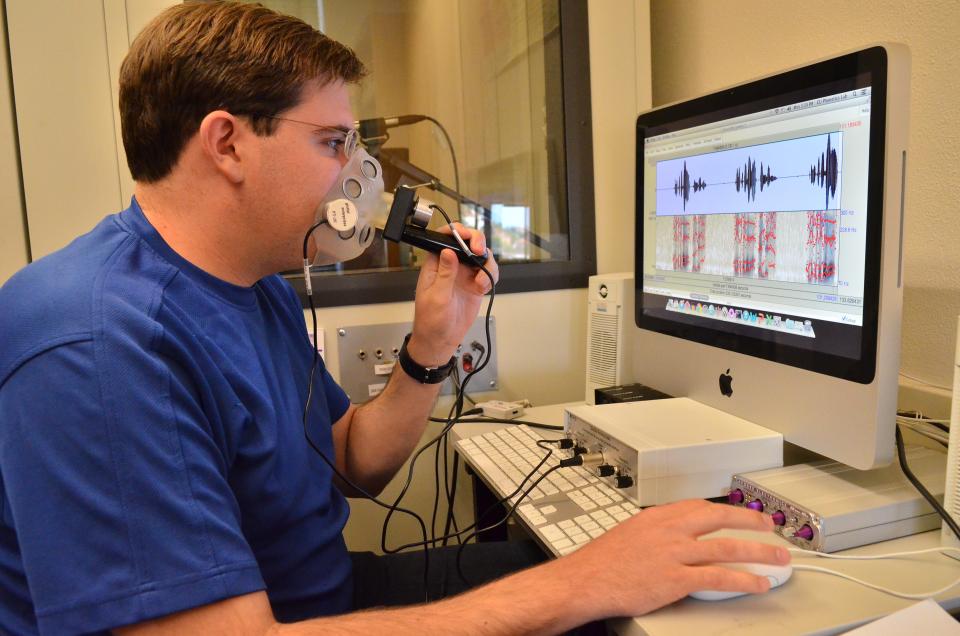
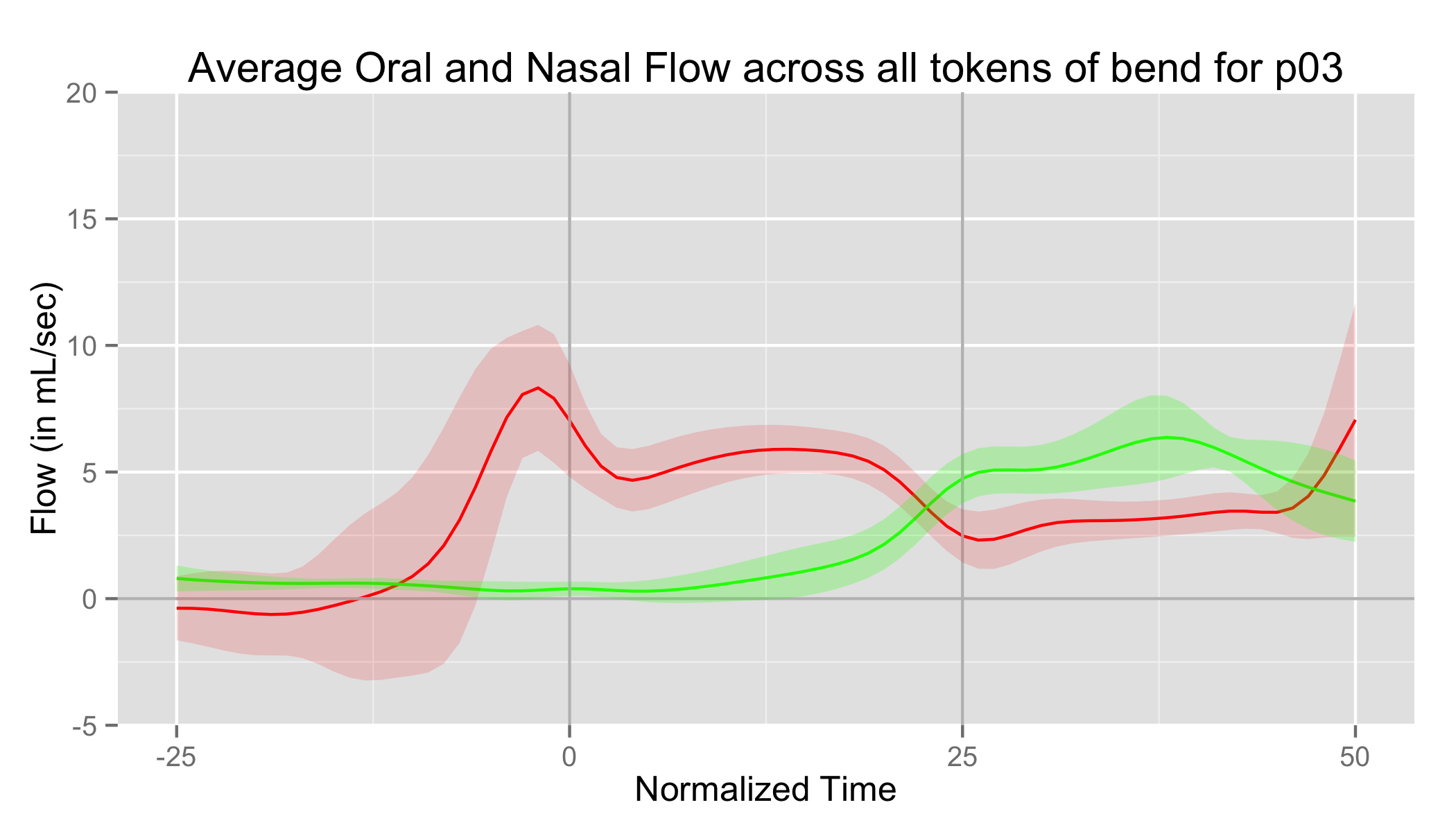
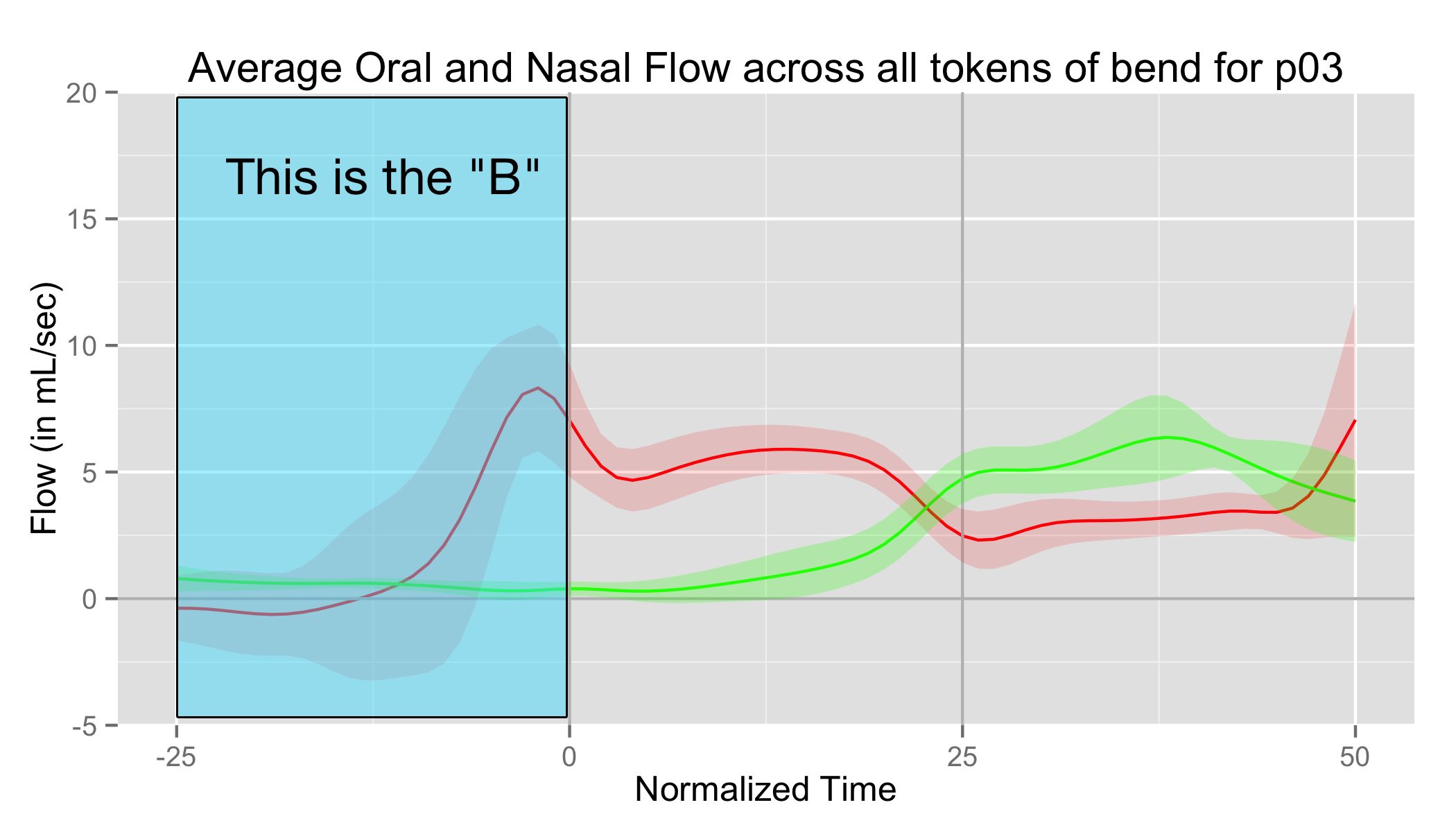

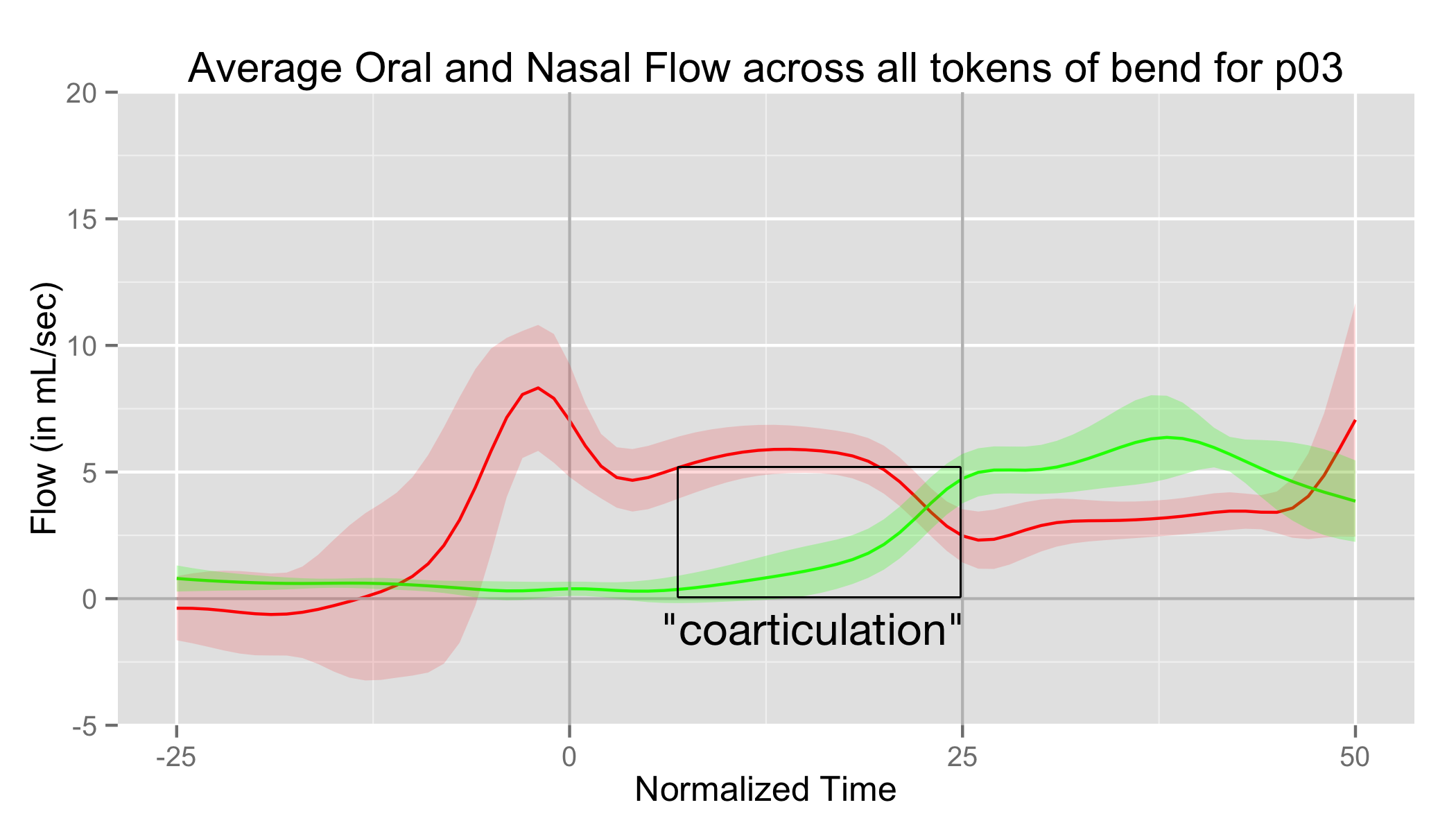
| ### Oral/Nasal Airflow Measurement |
| - Pros: - Tells us directly about nasality -
Reliable measurement - Not super invasive |
| - Cons: - Differs from person to person - Muffles
speech - Requires an expensive system |
Electromagnetic
Articulography (EMA)
Electromagnetic pulses around the head are picked up by tiny
sensors
Measures the position of sensors in real time, very precisely
- Accurate to 0.1mm, at up to 1250 measurements per second
We’re using a Carstens AG501 at my collaborator’s lab at
Michigan
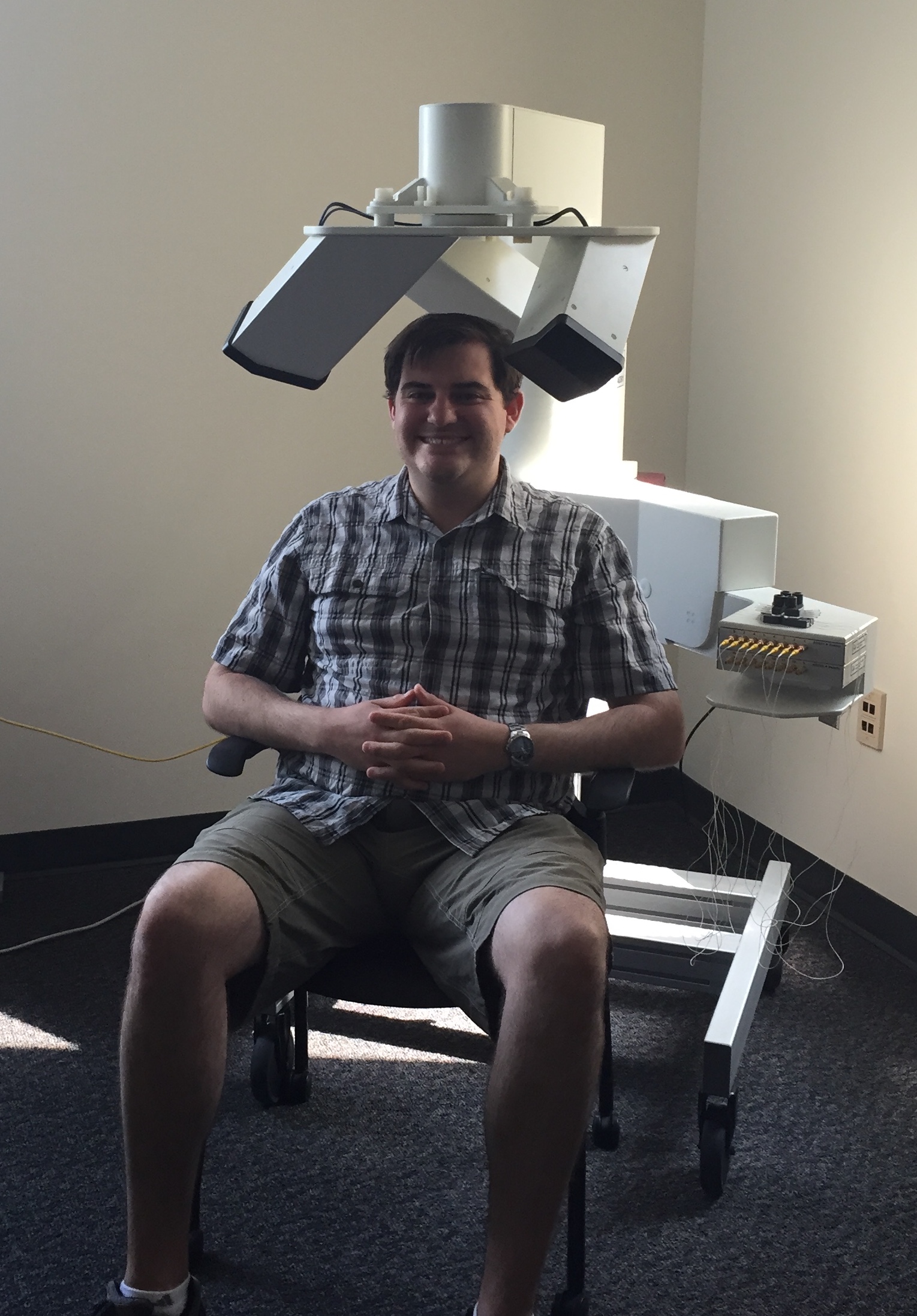
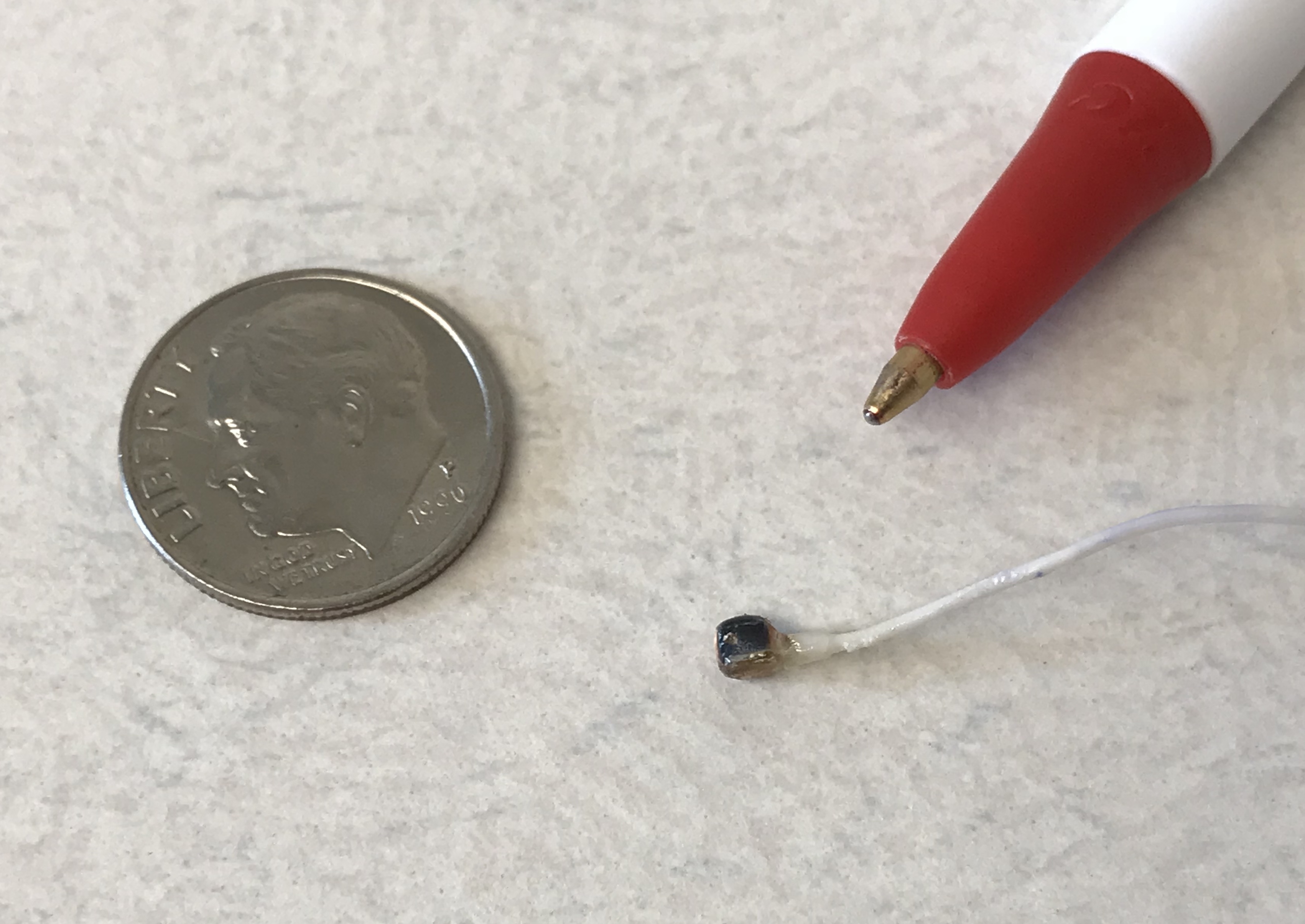
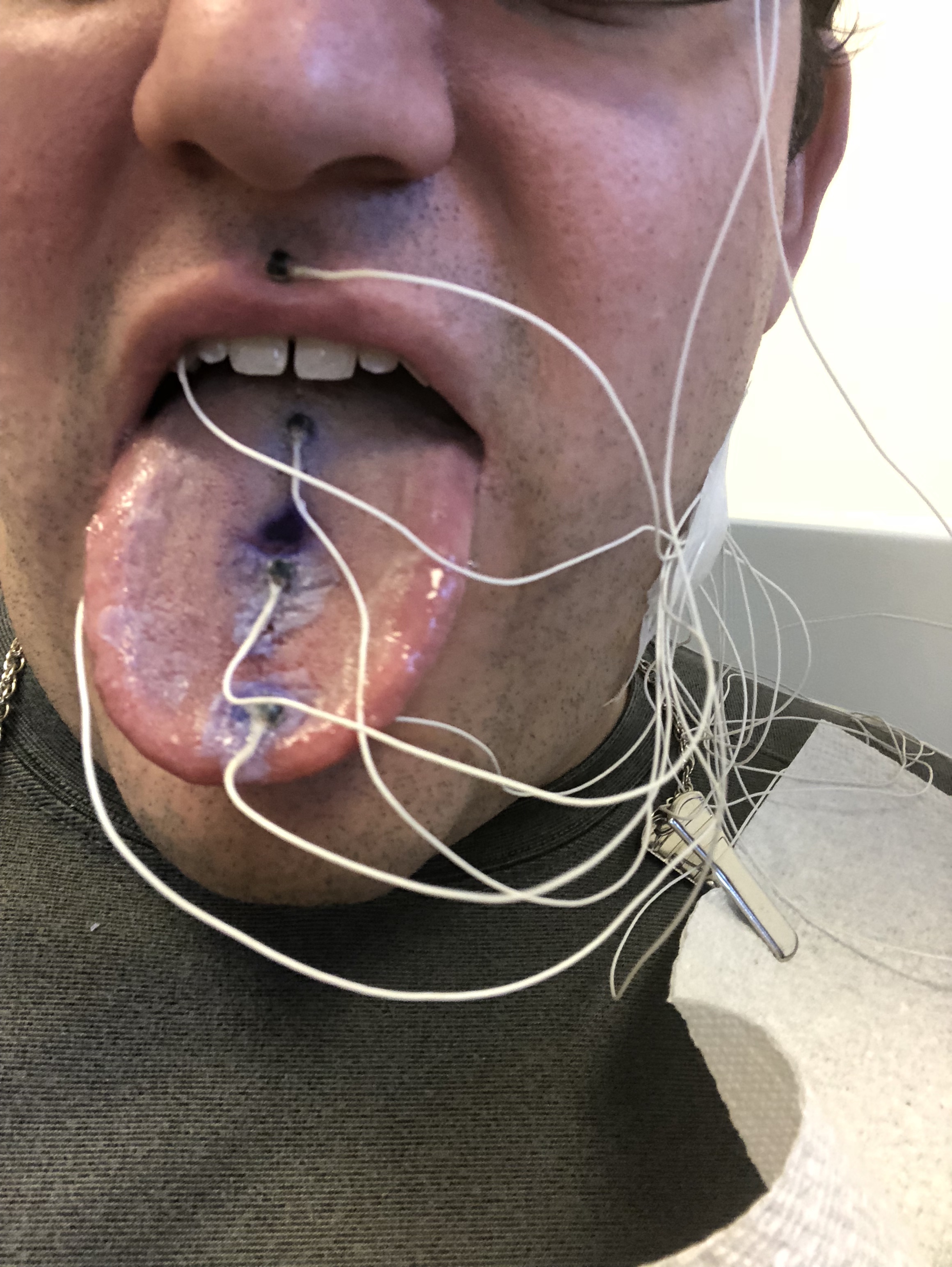
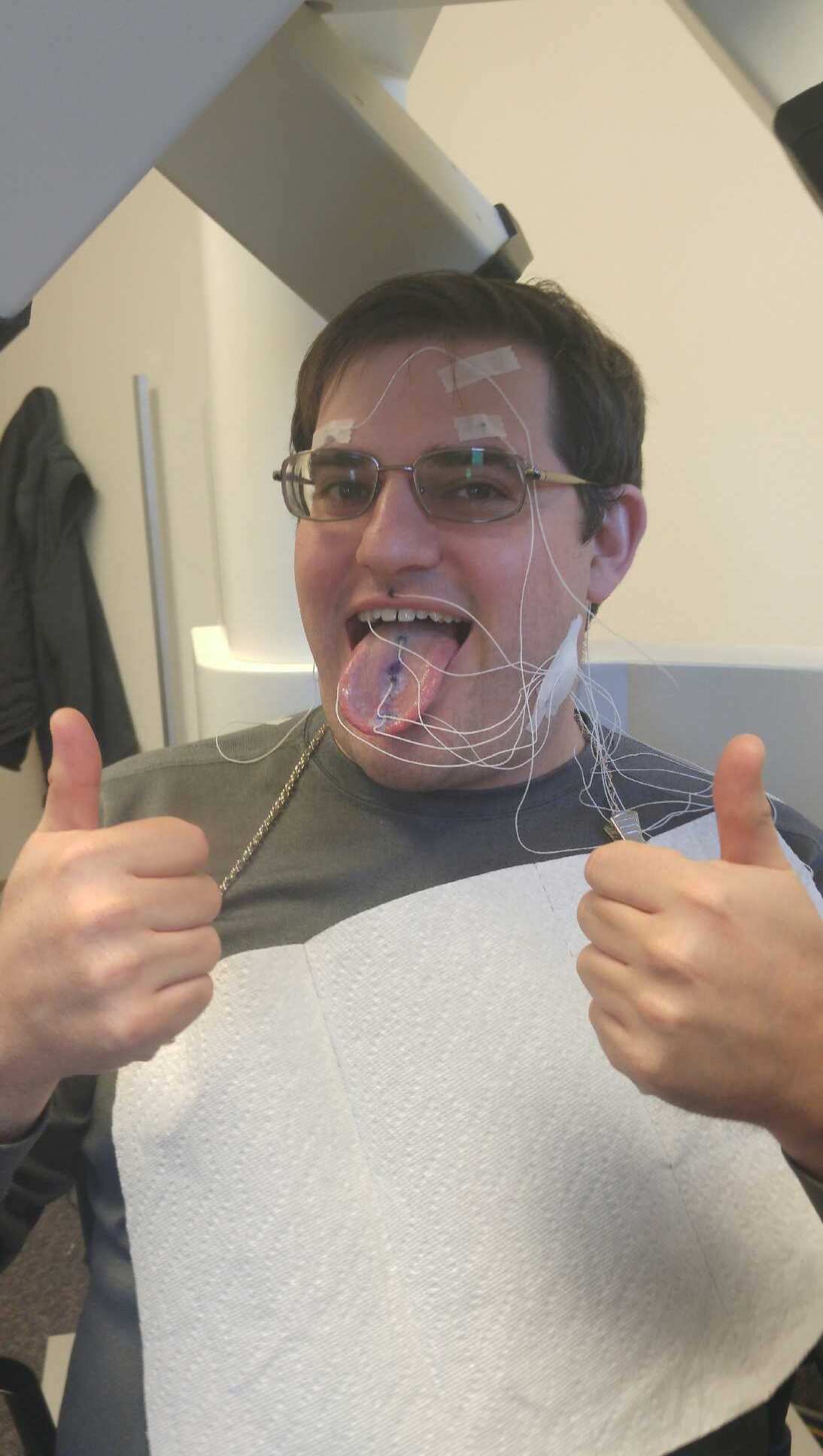
EMA Data
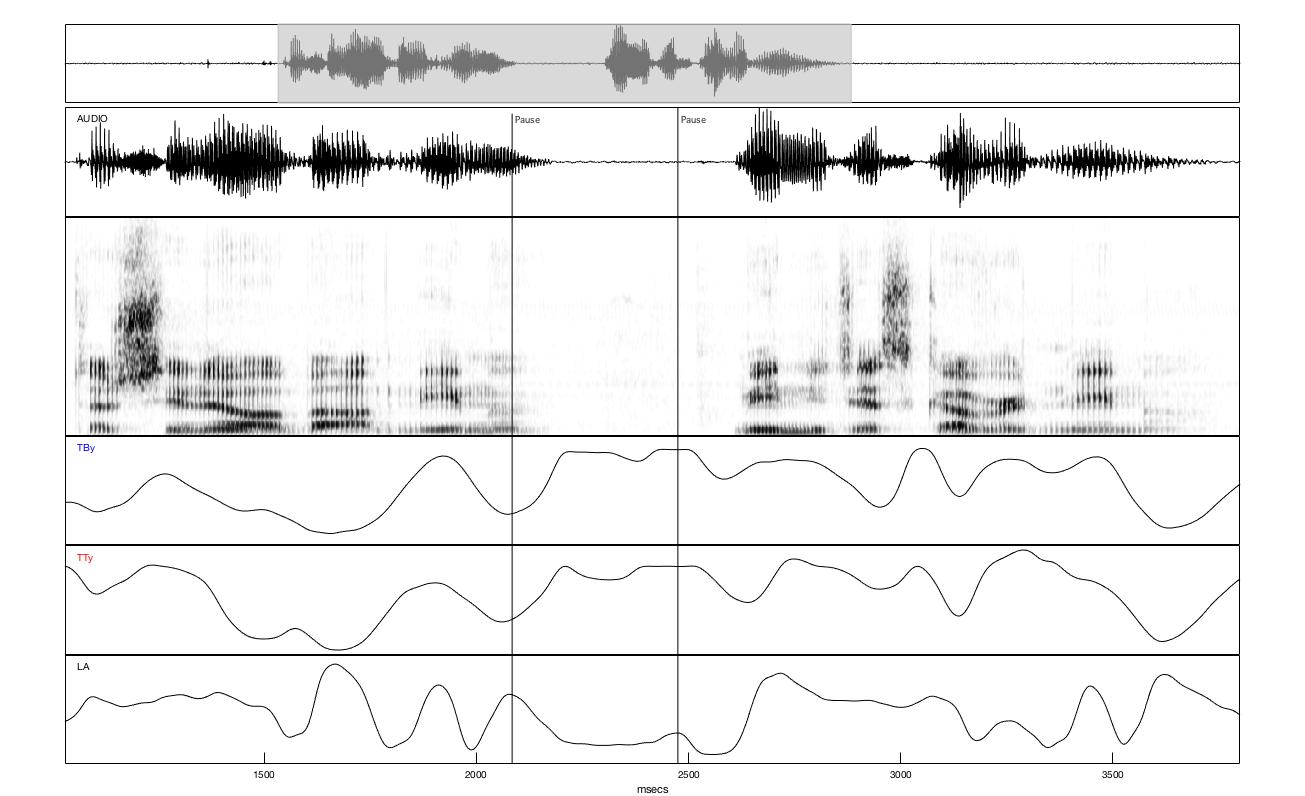
Electromagnetic
Articulography (EMA)
- Pros:
- Gives us precise position information
- Gives us precise time information
- Possible to study two people at once
- No noise (in data or from machines)
- Cons:
- Only gives us individual points (rather than the whole tongue)
- Very time-intensive to collect and label
- Sensitive to magnetic fields
- Very expensive machines
- Starts with “Now I’ll glue this to your tongue…”
Articulatory Measurements
are helpful
They let us measure what individual articulators are
doing
They give precise information rather than noisy signals
They provide a “second opinion” for acoustic data
… but they still don’t let us see what’s
happening
Trans-Nasal Laryngoscopy
Content Warning: Things are about to get weird.












